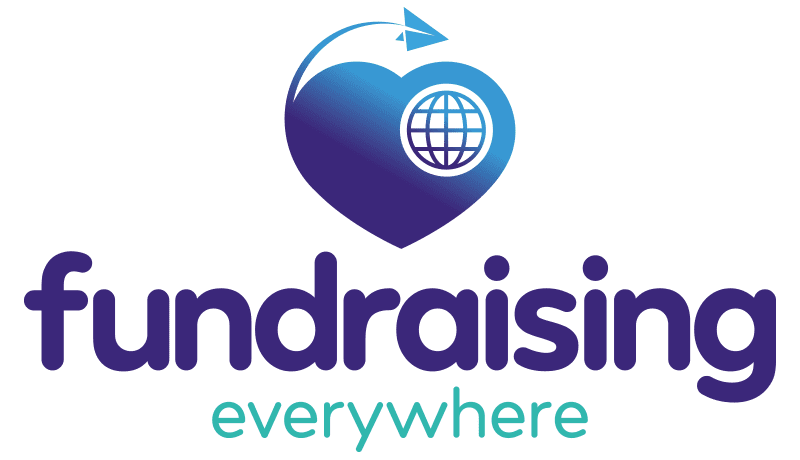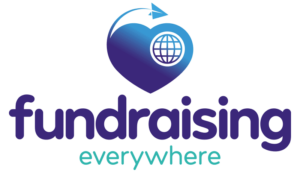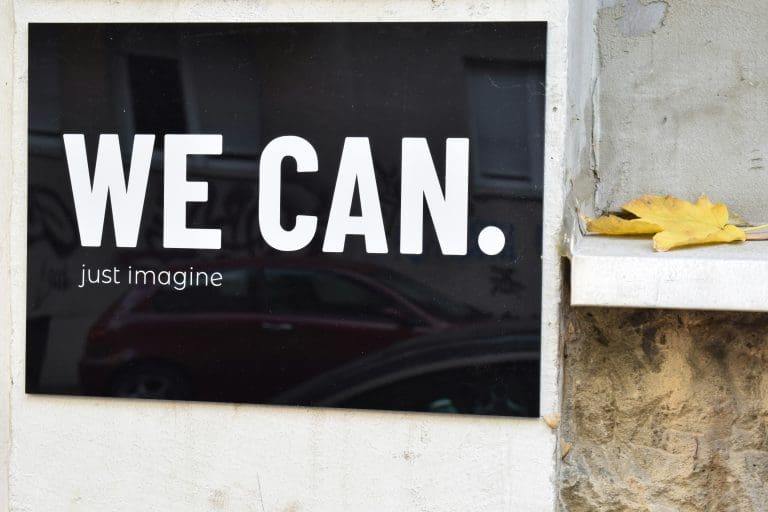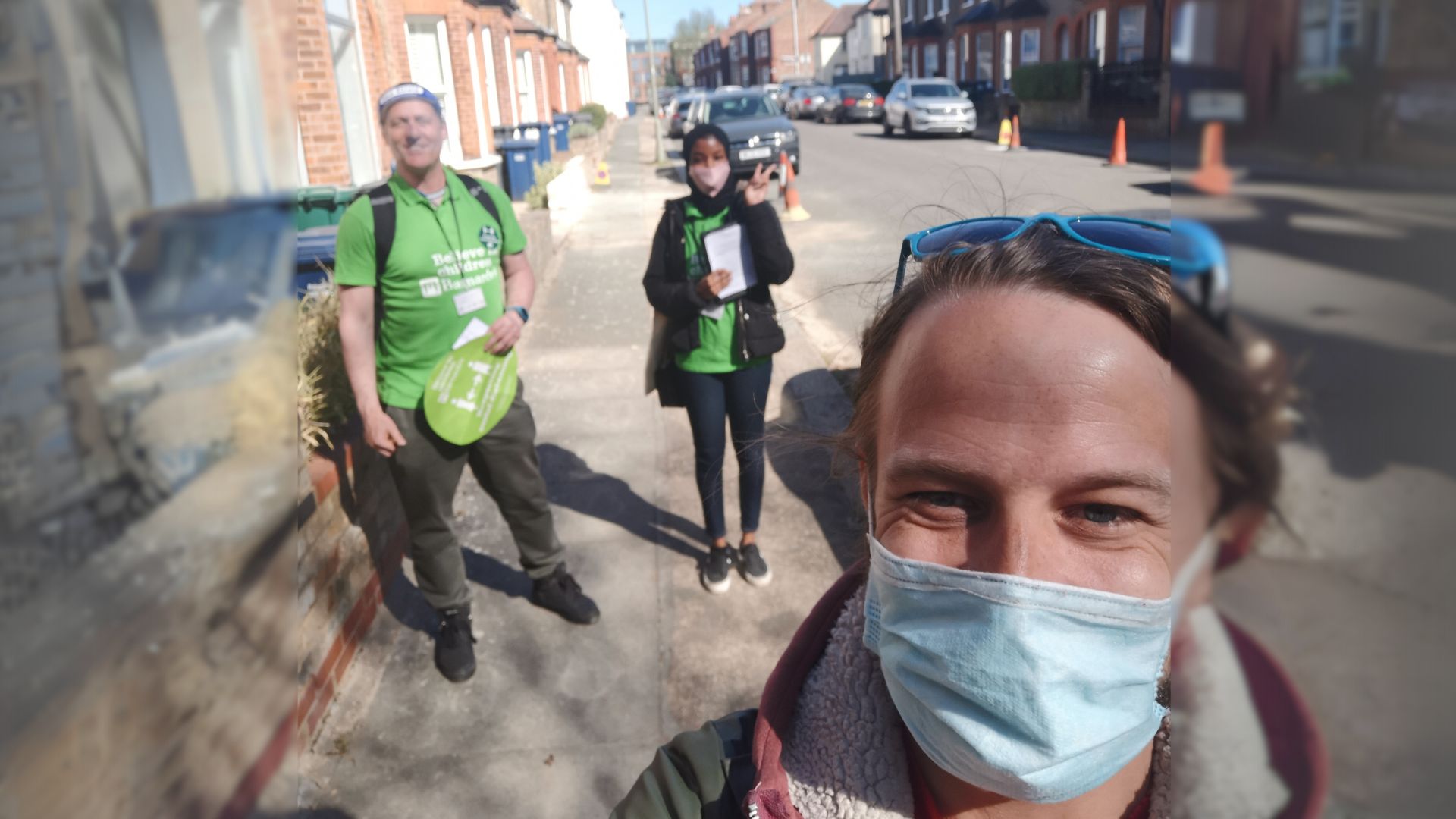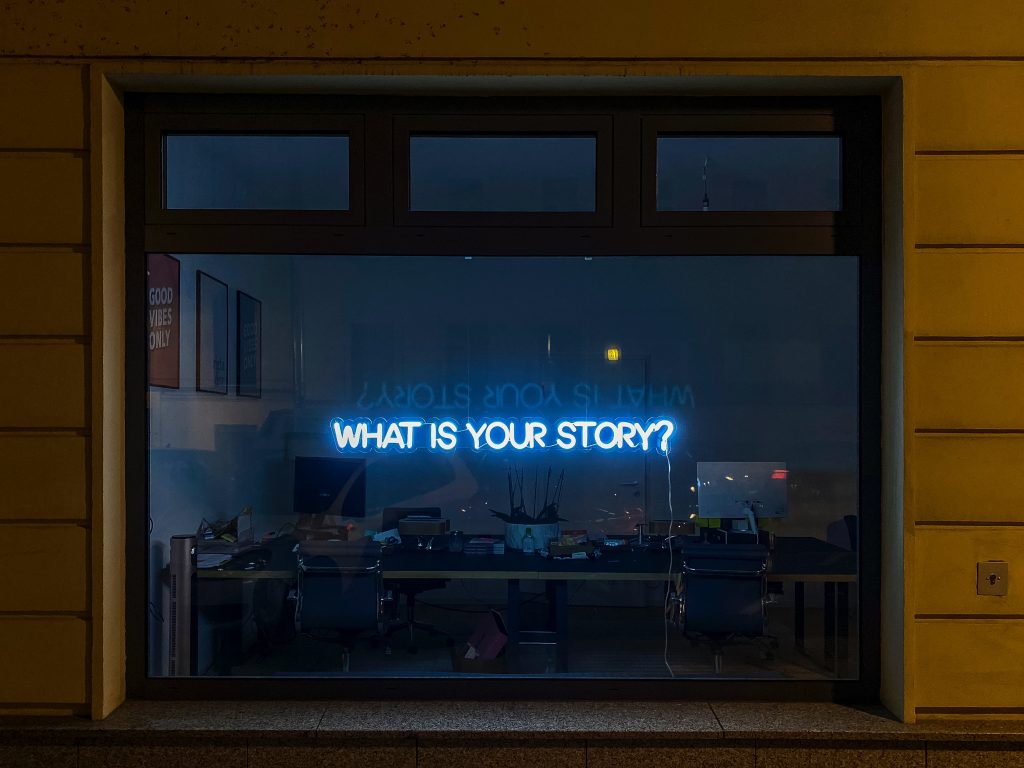
Written by Jo McGuinness MInstF(Dip), Head of Philanthropy & Partnerships at Children 1st
A year ago, I was 2 months into my current role after almost a full year of redundancy, job hunting, interim work and a general feeling of being unsettled and unsafe. I had finally been fortunate to find a role that provided me with familiarity – working with people I had worked with previously so I could feel safe, whilst doing what I loved.
My experience of intensive and stressful job hunting has stuck with me, and in my current role I feel a responsibility and desire to improve the recruitment process as much as is within my power – because, why not?
At Children 1st, we hadn’t been able to successfully recruit for a few roles before I started, so took time to review the existing process and consider what improvements could be made. We then went out in April 2022 with seven roles and filled them all.
Six of the post holders are still in post, with one who left retraining as a teacher. Before Christmas we refilled that post, using much of the same improvements to the process which have become standard within the Fundraising team.
Deciding what to change
When reviewing the current process, I spent time reflecting on what had been the main points of frustration for me as a job seeker.
- Not knowing the people behind the process.
Of 31 applications I had applied for, only 4 offered informal calls with recruiting managers. Whilst 13 did offer calls with recruiters, those conversations are never as insightful as they weren’t with the person you’d work with/under. - Unclear expectations and grading.
I was never sure how I would be graded against other candidates. Criteria was never shared (before or after interview), and some feedback received could be viewed as somewhat problematic. - Lack of communication and feedback.
Of the applications submitted that didn’t take me to interview, half didn’t let me know I was unsuccessful, I just got radio silence. One role took 12 weeks to let me know I was unsuccessful. As a job seeker this was both disheartening and felt like my time and effort wasn’t valued.
What was especially frustrating was that each of these issues can be improved with a little bit of thought and effort.
Feeling safe
Being honest about the current external climate and how that might be affecting candidates was a huge consideration. When I was job hunting it was against the background of easing out of the pandemic and whilst we aren’t back there, the cost-of-living crisis and general bin-fire state of things around us does cause feelings of insecurity for job hunters.
There are simple things recruiting managers can do to help entice job seekers to take the leap, and mainly its by being a bit more human…
- Showcase the fact your organisation is made up of individuals with personalities by filming informal videos, offering friendly conversations to connect with candidates and provide as much info about the organisation and the role as possible via different methods.
- Detail six month expectations and how success is measured in the candidate pack – be upfront with expectations so candidates can make an informed decision.
- Be transparent and share relevant policies, for example your maternity, menopause, sickness, and annual leave policies. This way candidates can check if your organisation aligns with what matters to them.
- Be honest about what’s working and where challenges are. Candidates aren’t stupid, and no organisation is without challenge. Being open about what needs improving will convey authenticity to candidates and help them to understand what the risks are in making the move.
- Be clear about what the induction period looks like and include the induction plan if you can. (This is on our list for next time!) Candidates want to know they will be supported when starting something new.
- Explain your salary banding. If you have a £10k salary band, provide clear explanation as to someone be hired at the bottom vs the top so candidates know where they stand.
Embracing flexibility
One key factor when overhauling our recruitment process was really looking critically at what we could be flexible on. We have to appreciate that societies expectations have shifted since the pandemic, we aren’t returning to the old way of working, ever.
We must embrace flexibility such as remote-based working (and FYI, that isn’t new) and ensure we aren’t viewing pre-pandemic times with rose-tinted glasses. I feel concerned when I hear leaders make comments like ‘we were much more connected before 2020’ or ‘our culture has suffered because of remote working’.
Creating connection and culture are things you can do regardless of location – you just need to be intentional about it. Make time. Expend effort. We can’t rely on water cooler chats or shouting across desks to form culture – because that wasn’t good enough back then, and now a lot of fundraisers have woken up to the fact there’s another way. Organisations need to wake up too.
If you must have an office presence, be clear with candidates on:
- The why – how does being in an office together add value that isn’t delivered remotely?
- How you will make office working more enticing e.g. support with travel costs, allow travel time within work hours, allowing dogs in the office.
Understand that if hybrid working or being office based is essential, it will limit your pool of candidates and affect existing workers in terms of personal preference, accessibility, cost and more.
Influencing upwards
Suggesting change can be tricky, especially if the powers that be above you aren’t convinced things need changing in the first instance. We are hearing from across the sector that recruiting fundraisers is tough. Many organisations are having to go out to recruit more than once for the same role, so we may find leaders with even the firmest of views start to be open to tweaks if it might help secure candidates.
- Try offering trial periods. We seem to feel quite concerned about changing recruitment practise, possibly because it feels formal and as legally there are elements that need to happen in the correct and proper way. But there is so much that can be flexed too. I spoke to our HR team who were willing to trial some changes on the understanding that I gathered feedback from candidates. That’s how we managed to do away with the incredibly annoying and candidate-unfriendly application form!
- Ask why – politely! Ask from a place of curiosity and willingness to collaborate rather than challenge. Frame questions to understand their perspective and be clear that you want to achieve change that you are both comfortable with. Sometimes it can help to find great examples out there in sector and come armed with evidence. Childrens Society and SOFii are two recent ones that are really framing flexibility and kindness to candidates well in their ads.
- Figure out what’s important and comprise on what’s not so. Have your own ‘must achieve, love to achieve and like to achieve’ list of changes. Go in firm with your musts, and flex on the rest. Its ok for change to take time – every step in the right direction is an improvement.
Remember, sometimes you might need to undertake small acts of quiet rebellion and seek forgiveness not permission!
From our experience, if you only do three things to make your recruitment practise more candidate friendly, please make it these:
- Run a critical eye over your JDs before going to recruit – remove as many person spec criteria as you can, remove red-flag phrases such as ‘hit the ground running’ and ensure it says exactly what you mean.
- Send the interview questions out in advance – you will get better quality interviews, AND you will be making the process much more accessible.
- Provide and seek feedback – candidates invest time and effort, and emotions, in partaking in our recruitment process. The least we can do is provide clear and useful feedback. And lets be humble, they know exactly how our process made them feel – so lets ask them. Once we know better, we can do better.
As recruiting managers let's not forget that we are being interviewed, too, and candidates are clearer than ever on what they want and need. We have to change, or we will be left behind.
This blog was part of an exclusive Members Clinic that Jo ran for Fundraising Everywhere Members. We hold Members Clinics every month with sector experts.
Want access to exclusive content like this, plus all our conferences & webinars to watch Live or On Demand?
Join charities like WWF, Scope, Friends of the Earth, Alzheimer's Research UK & The Children's Society and become a Member.
